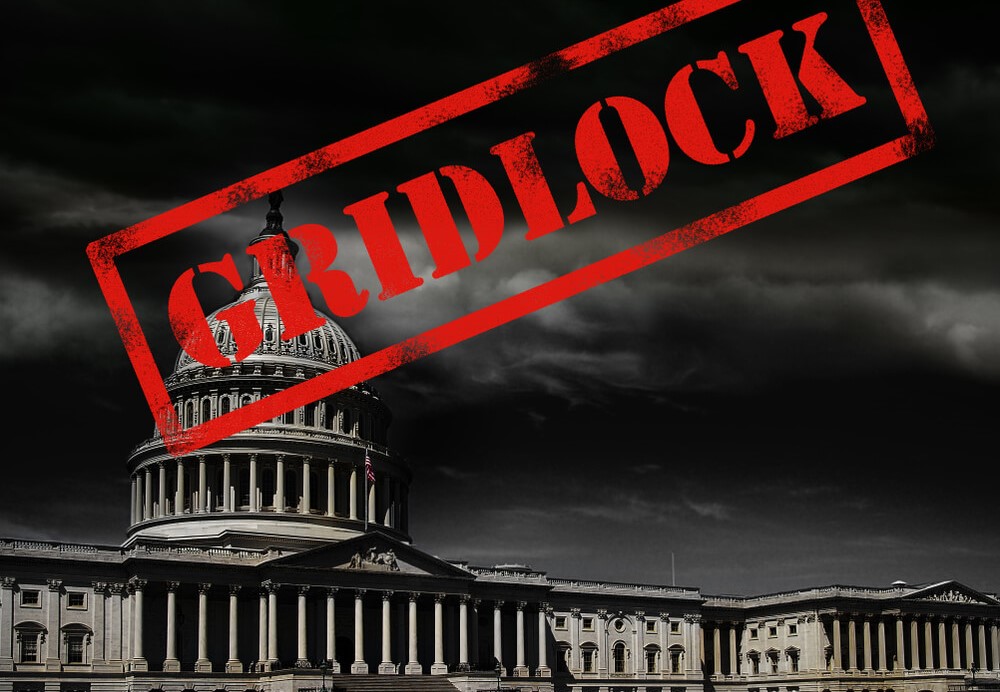Is The Trump Economic Boom A Myth? Data Tells A Different Story

Table of Contents
Job Growth During the Trump Administration
Analyzing Employment Numbers
The Trump administration touted significant job creation as a key achievement. Let's analyze the numbers provided by the Bureau of Labor Statistics (BLS).
- Overall Job Creation: While job growth occurred during the Trump presidency, it's crucial to contextualize these figures. The pace of job creation was generally in line with historical trends, particularly considering the recovery from the 2008 financial crisis. A direct comparison to previous administrations reveals a mixed picture, with some periods exhibiting higher growth.
- Unemployment Rates: Unemployment rates did decline during this period, reaching a 50-year low. However, this should be considered alongside other factors such as labor force participation rates.
- Sector-Specific Growth: While some sectors experienced robust growth, others faced challenges. The manufacturing sector, a key focus of Trump's economic policies, showed relatively modest gains.
Supporting Data: Data from the BLS shows an average monthly job creation of around 180,000 jobs during the Trump administration. While this is a positive figure, it’s important to note that this needs to be assessed against the backdrop of the ongoing recovery from the Great Recession.
Types of Jobs Created
A crucial aspect beyond the sheer number of jobs created is the quality of those jobs. Were these high-paying positions contributing to a significant rise in household income, or were they primarily low-wage jobs offering limited economic mobility?
- Average Wage Growth: While wages increased, the rate of growth was modest, particularly when considering inflation. Wage stagnation continued to be a concern for many American workers.
- Median Household Income: The median household income saw some growth, but the distribution of income remained highly skewed, indicating that the benefits of economic growth were not evenly shared.
- Income Inequality: The gap between high-income earners and low-income earners remained a persistent challenge, casting doubt on the inclusivity of the purported "boom."
Supporting Data: Studies from the Congressional Budget Office and other reputable sources illustrate a relatively modest increase in average wages and a persistent issue of income inequality.
GDP Growth Under Trump
GDP Growth Rates Compared
Gross Domestic Product (GDP) growth is a key indicator of a nation's economic health. Let's compare GDP growth rates during the Trump administration to previous periods using data from the Bureau of Economic Analysis (BEA).
- Annual GDP Growth: While there was GDP growth under the Trump administration, it wasn't exceptionally high compared to previous periods of economic expansion. Growth rates fluctuated year to year, influenced by factors both domestic and international.
- Comparison to Historical Averages: Comparing Trump-era GDP growth to historical averages reveals that while there was growth, it wasn't unusually high compared to similar periods following recessions.
Supporting Data: The BEA's data shows a range of GDP growth rates, with some years exceeding and others falling below historical averages. This provides a more nuanced picture than a simple claim of a significant boom.
Sustainability of Growth
The sustainability of economic growth is critical. Was the growth during the Trump administration driven by sustainable factors or temporary boosts?
- Tax Cuts: The 2017 tax cuts provided a temporary stimulus, but concerns remain about their long-term effects on the national debt.
- Government Spending: Increased government spending, including military spending, contributed to GDP growth but also increased the national debt.
- Global Economic Conditions: Global economic conditions, including trade relations and global growth, significantly impacted US economic performance during this period.
Supporting Data: Economic models and analyses from organizations like the International Monetary Fund (IMF) offer insight into the sustainability of the growth experienced during this period.
Impact of Trump's Economic Policies
Tax Cuts and Their Effects
The 2017 Tax Cuts and Jobs Act significantly lowered corporate and individual income tax rates. The effects are complex and still being debated.
- Increased Corporate Profits: Corporate profits did rise following the tax cuts, but it remains unclear how much of this was due to the tax cuts versus other market forces.
- Consumer Spending: Consumer spending increased, but this is also influenced by many other factors such as employment, consumer confidence, and interest rates.
- Increased National Debt: The tax cuts led to a significant increase in the national debt, raising concerns about long-term economic stability.
Supporting Data: Numerous studies from think tanks and academic institutions provide varied analyses of the impact of the 2017 tax cuts.
Trade Policies and Their Consequences
Trump's trade policies, characterized by tariffs and trade wars, had a significant impact on the US economy and global trade relations.
- Effects on Specific Industries: Some industries benefited from tariffs, while others suffered significant losses due to retaliatory tariffs from trading partners.
- International Trade Relations: Trump's trade policies strained relationships with major trading partners, creating uncertainty and disrupting global supply chains.
- Consumer Prices: Tariffs led to increased prices for certain goods, impacting consumers.
Supporting Data: Reports from organizations like the Peterson Institute for International Economics provide detailed analysis of the impacts of Trump's trade policies.
Counterarguments and Criticisms
It’s crucial to address counterarguments. Some critics argue that the economic growth experienced during the Trump administration was largely a continuation of trends from the Obama administration. They point to the ongoing recovery from the Great Recession and other factors as more significant drivers of the economic expansion. Others criticize the focus on GDP growth without considering income inequality and the sustainability of the growth model. The data itself has limitations; economic indicators are complex and often influenced by factors beyond direct government policy.
Conclusion
The assertion of a "Trump economic boom" requires a nuanced analysis. While there was economic growth during his presidency, characterized by job creation and GDP growth, it's crucial to consider the context. The growth rate wasn't exceptionally high compared to previous expansions, and the benefits weren't equally distributed. The impact of his economic policies, including tax cuts and trade wars, remains a subject of ongoing debate and economic analysis. The sustainability of the growth remains a key question. Understanding the complexities of the Trump economic boom requires careful consideration of multiple perspectives and continued analysis. Continue your research to form your own informed opinion on this significant period of economic history.

Featured Posts
-
 Actualites Economiques Du 18h Eco Lundi 14 Avril
Apr 23, 2025
Actualites Economiques Du 18h Eco Lundi 14 Avril
Apr 23, 2025 -
 Resume Du 18h Eco Du Lundi 14 Avril
Apr 23, 2025
Resume Du 18h Eco Du Lundi 14 Avril
Apr 23, 2025 -
 Chinas Oil Strategy Pivoting Towards Canada
Apr 23, 2025
Chinas Oil Strategy Pivoting Towards Canada
Apr 23, 2025 -
 Yankees Cortes Dominates Reds Pitches Shutout Inning
Apr 23, 2025
Yankees Cortes Dominates Reds Pitches Shutout Inning
Apr 23, 2025 -
 Trumps Fda Policies Positive Implications For Biotech Investment
Apr 23, 2025
Trumps Fda Policies Positive Implications For Biotech Investment
Apr 23, 2025
